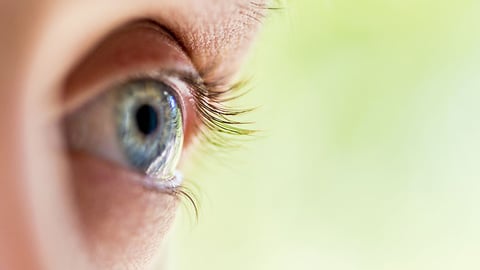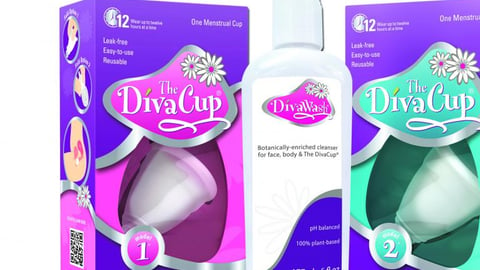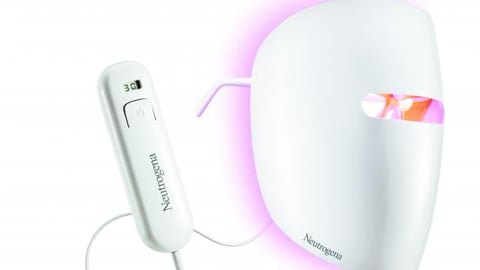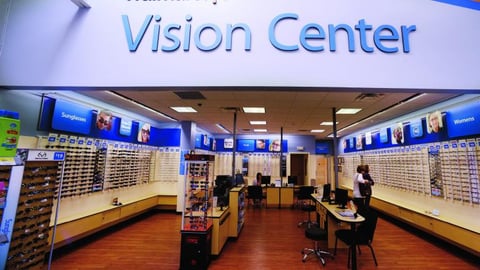-
Q&A: Mars Wrigley Confectionery’s Menyhart discusses category innovation
In fall 2016, Mars brought together its chocolate and Wrigley segments under Mars Wrigley Confectionery in an effort to better deliver innovative products that address consumer desires and insights. Since then, the division has been busy. In 2017 alone, Mars Wrigley Confectionery has brought beloved U.K. brand Maltesers to the United States, introduced the now-permanent M&M’s Caramel variety — as well as several new varieties and flavors of its biggest brands — and redesigned several of its brands’ packaging.
XThis ad will auto-close in 10 seconds










